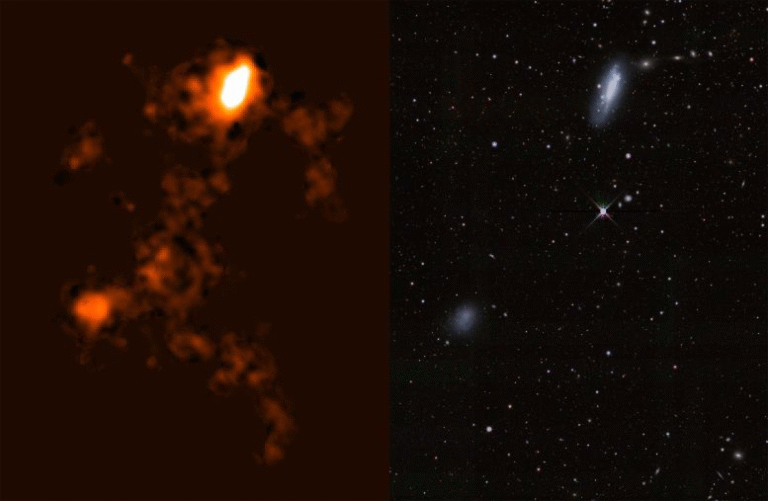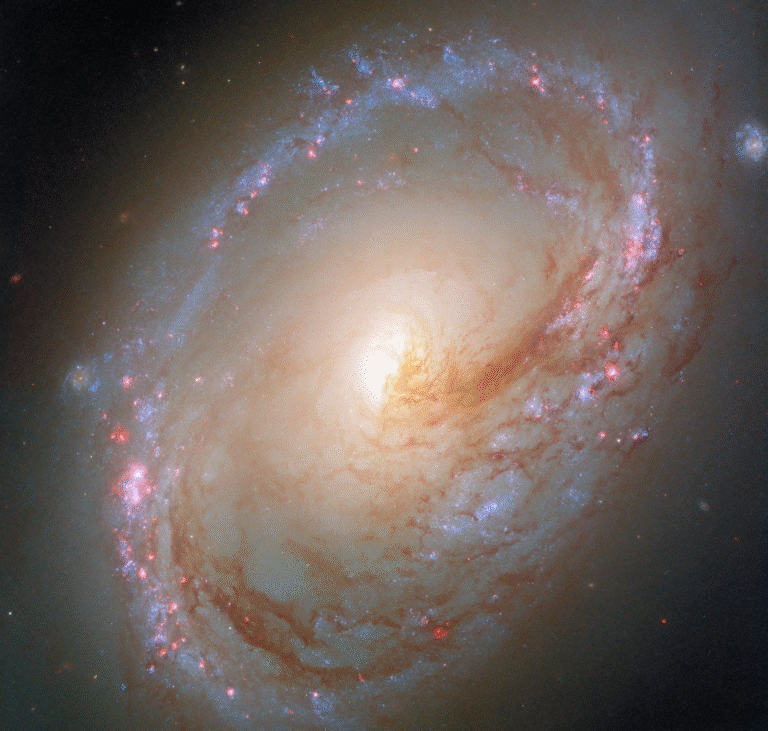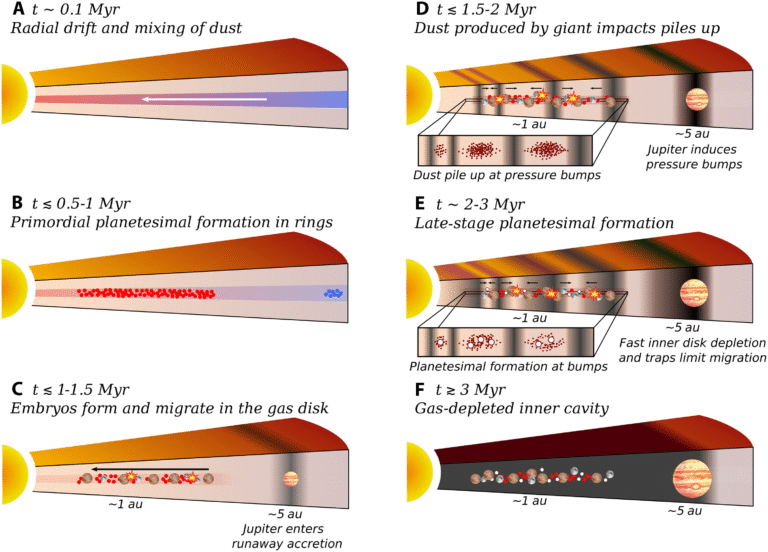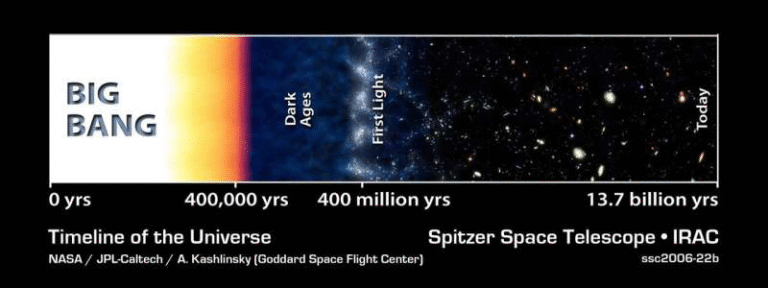Webb Telescope Unveils Io’s Fiery Volcanoes and Mysterious Sulfur Atmosphere

The James Webb Space Telescope (JWST) has once again proven it’s not just for peering into the distant universe—it’s giving us a closer look at some of the most active worlds right here in our solar system.
Recent observations of Io, Jupiter’s volcanic moon, reveal explosive new details about its fiery surface and sulfur-laden atmosphere. Scientists led by Imke de Pater from the University of California, Berkeley, used JWST’s Near Infrared Spectrograph (NIRSpec) to capture a remarkable view of this turbulent world. The study, published in the Journal of Geophysical Research: Planets, offers new insights into Io’s volcanic activity, atmospheric composition, and even the charged space environment that surrounds it.
The Fiery World of Io
Io is one of Jupiter’s four largest moons and the most volcanically active body in the solar system. This constant turmoil comes from being trapped in a gravitational tug-of-war between Jupiter and its neighboring moons, Europa and Ganymede. The tidal forces stretch and compress Io’s interior, generating immense heat that melts rock into magma. The result? A surface dotted with hundreds of volcanoes, lava lakes, and plumes that can rise hundreds of kilometers into space.
How JWST Observed Io
In November 2022, JWST turned its powerful instruments toward Io, focusing on two main regions: Kanehekili Fluctus, a vast lava flow field, and Loki Patera, a massive lava lake that’s been erupting and reforming for decades. The team made these observations while Io was in Jupiter’s shadow—a perfect time to detect faint infrared emissions without interference from sunlight.
Using NIRSpec, the scientists captured data across various wavelengths that correspond to different temperatures and chemical compositions. They found signs of an energetic volcanic eruption at Kanehekili Fluctus, releasing large amounts of heat and gas. The instrument also detected an excited form of sulfur monoxide (SO) gas above the eruption site—confirming a two-decade-old hypothesis that such gases are emitted directly from Io’s volcanoes.
At Loki Patera, JWST saw an increase in thermal emissions from molten lava beneath a thick crust. This crust periodically sinks into the lava lake, exposing fresh magma below—a process that has been observed over many years by both ground-based and space telescopes.
A Second Look Nine Months Later
In August 2023, JWST revisited Io during another eclipse, focusing again on the same two regions. The results showed just how dynamic Io’s surface really is. The lava flows that erupted from Kanehekili in 2022 had expanded dramatically, now covering more than 4,300 square kilometers—about four times the area from the previous year. Meanwhile, Loki Patera had cooled and formed a new crust, consistent with its known resurfacing cycle.
These two sets of observations not only confirmed Io’s rapid volcanic evolution but also revealed unexpected changes in its thin, sulfur-rich atmosphere.
Detecting New Sulfur Emissions
JWST’s 2023 data showed something brand new: sulfur gas emissions at wavelengths never before detected on Io. These emissions appeared across Io’s northern hemisphere, spread more evenly than the sulfur monoxide seen in 2022. Some of the sulfur emissions were located above non-volcanic regions, leading scientists to suspect a phenomenon they’re calling “stealth volcanism.”
Rather than being emitted directly from visible volcanoes, this sulfur seems to form when charged particles (electrons) from Io’s surrounding plasma torus slam into its sulfur dioxide (SO₂) atmosphere. The collisions excite sulfur atoms, causing them to emit light that JWST can detect in the infrared spectrum.
The Plasma Torus Connection
Io’s plasma torus is a giant ring of charged particles that follows its orbit around Jupiter. It’s created by material from Io’s own volcanic plumes, which become ionized and trapped in Jupiter’s magnetic field. This plasma torus not only surrounds Io—it interacts with its atmosphere and surface, generating complex electromagnetic effects.
The new JWST data suggest that the northern hemisphere’s orientation relative to this plasma torus explains why sulfur emissions are concentrated there. The geometry of the observations also helped scientists confirm that this atmosphere–plasma interaction is remarkably stable. In fact, when compared with data from the Keck Observatory and the Hubble Space Telescope, researchers found that Io’s plasma torus and atmospheric system have remained largely unchanged for decades.
Why These Findings Matter
This study is much more than a snapshot of volcanic fireworks. It connects Io’s geological activity, atmospheric chemistry, and space environment in a single picture. The detection of sulfur emissions (S I) in the near-infrared range provides a new way to study how volcanic gases interact with space plasma and sunlight. It’s also the first direct detection of [S I] in this wavelength range, opening the door to new kinds of remote sensing for other planetary bodies.
Moreover, by tracking Io over time, JWST can help researchers understand how volcanic eruptions evolve, how lava flows spread, and how atmospheric gases are replenished and transformed. This kind of time-based monitoring is something earlier missions, like Galileo or Voyager, could only partially achieve.
Io as a Natural Laboratory
Io’s extreme environment makes it an excellent natural laboratory for studying tidal heating, volcanism, and atmospheric escape. It’s a place where scientists can watch geology and space weather collide—literally. The same processes that drive Io’s eruptions may also help explain how some exoplanets and their moons behave. Planets orbiting close to their stars can experience similar tidal forces, creating intense heat and possibly volcanic activity.
The insights from Io could also inform future missions to Jupiter’s system, like NASA’s Europa Clipper and ESA’s JUICE mission, both of which will encounter Io’s environment while exploring Jupiter’s other moons.
A Decades-Long Perspective
One of the most intriguing parts of this study is the long-term consistency it reveals. Even though Io’s volcanoes erupt constantly, the overall plasma–atmosphere balance appears stable. This means the system self-regulates—volcanic gases feed the plasma torus, and the plasma torus in turn influences Io’s upper atmosphere. It’s a feedback loop that has persisted for at least several decades, according to comparisons with past Hubble ultraviolet and Keck infrared data.
Challenges and Future Work
While JWST’s results are groundbreaking, they’re just the beginning. The observations only capture two specific moments, separated by nine months. To fully understand Io’s volatile behavior, scientists need more frequent and detailed monitoring. The spatial resolution of JWST, though impressive, still can’t resolve every small vent or eruption. Ground-based telescopes and future spacecraft could fill in these gaps by combining different wavelengths and time scales.
Researchers also plan to refine models that describe how electrons excite sulfur atoms and how volcanic plumes interact with Io’s ionosphere. This could help quantify exactly how much gas is produced by volcanoes versus how much is altered by plasma interactions.
The Bigger Picture
Io’s ongoing dance between fire and magnetism reminds us that even within our solar system, there are places as dynamic as any distant exoplanet. JWST’s observations show that Io’s volcanic eruptions, sulfur chemistry, and space environment are all parts of one tightly connected system. By continuing to monitor Io, scientists can better understand how energy moves through such environments—from molten rock below the surface to glowing gases high above it.
The findings also demonstrate JWST’s versatility. While the telescope is best known for revealing the first galaxies of the universe, it’s equally capable of studying nearby worlds with stunning precision. Its sensitivity to infrared light allows it to uncover details about temperature, composition, and motion that no other instrument can match.
In short, Io is more than just a volcanic moon—it’s a world where planetary physics, chemistry, and magnetism come together in a continuous spectacle. And thanks to JWST, we’re finally seeing it with unprecedented clarity.





